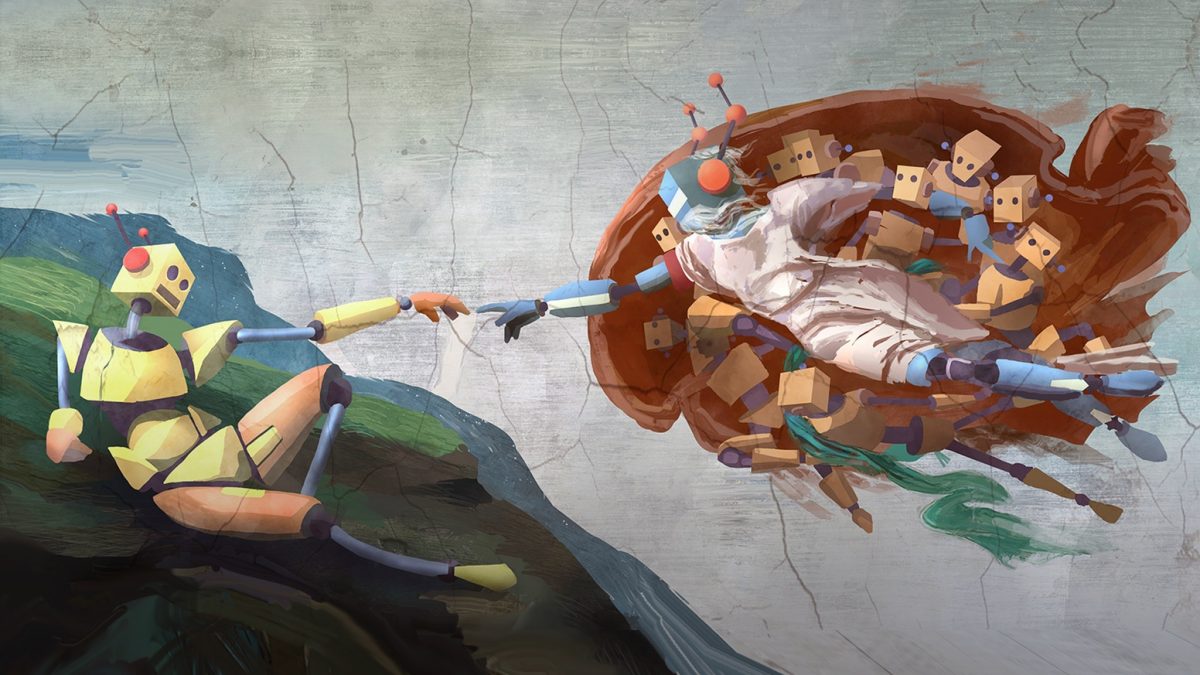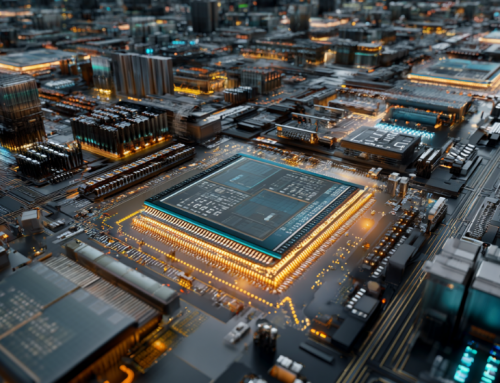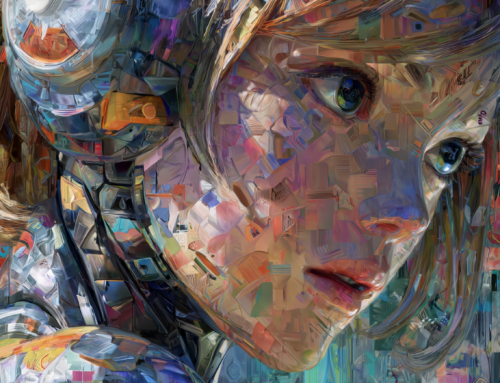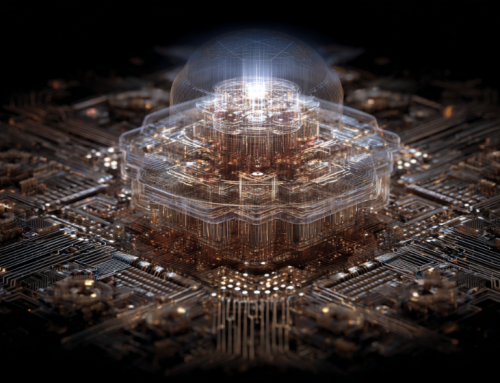
When we imbue machines with the creative spark, whose art is it? Image via Bryn G Jones
Philosophical Questions Loom as AI Programs Generate Creative Work
It’s a philosophical quandary as old as time and as deep as the quintessence of our being: what is art? What compels our species to create, to invent, to aspire for novelty? Such musings lead us to examine not only how to define art, but in turn also what defines us—not only as beings capable of perception, intuition, creativity, but indeed what qualities define our humanity.
Our species has been pondering the nature of art probably since the Lascaux cave paintings and likely will be for generations hence, but the technological dawn of the AI Age is forcing companies to explore new and difficult questions unprecedented in human history. What happens when our creations begin to create? Is computer-created art the product of the same spark that inspires our own works, or merely just the output of clever computing? In any case, who gets the credit for a computer-made piece of art?
These are precisely some of the questions addressed in a fascinating article on VentureBeat by entrepreneur Bennat Berger about some recent breakthroughs in AI-generated artistic expression and how AI art “tells us as much about today’s world as it asks about tomorrow’s.” While AI agents are not yet—and perhaps may never be, depending on who you ask—conscious and independent with something akin to a “soul” capable of expressing themselves freely, we live on the cusp of a revolution in AI technology. AI agents are already trained to perform creative tasks—however crudely—that already generate interesting and sometimes seemingly profound works in their own right. AI algorithms can already generate “art” and a central theme of Berger’s article is the question of where accreditation is due in this new computational avant-garde:
“Machines can write poetry, paint, tell jokes, create recipes, write pop songs, and report news—among other tasks typically dominated by creatives. And while it is unlikely that the role of ‘artist’ will be automated soon, AI’s ability to create art brings up philosophical questions about art itself—namely, the role of the artist and/or coder when evaluating its significance […] If an AI paints an abstraction, the specific work’s intent can’t be really credited to the coder, but it can’t much be credited to the machine either. The art may have appeal, but without discernible meaning, it’s harder to appreciate.”
From both intellectual and legal/ethical standpoints, the question of who—or what—should get credit for an algorithm’s art is interesting and will become increasingly relevant in coming years. A coder or corporation may ultimately be responsible for creating the program that makes art—usually by “learning” from study of vast quantities of existing works of human art—but should we attribute the art to the program itself or the coders, who “have their own points of view and intentions, even if they are once or twice removed from the work produced”? To answer that question, Berger returns again to the larger questions of what defines art:
“I’d argue that there are three necessities: The first is technical ability, the second is creativity, and the third is intention. AI can mimic the first two remarkably well. It can reproduce a painting style, for example, or learn the rhyme structure for a poem. All it needs is information and direction […] That leaves us with intent — what inspired the artistic work to begin with and what it’s meant to convey, if anything. An artificial intelligence is separate from the intelligence of its creator, who coded the machine to make its own decisions based on information, and even [to] learn new things and evolve. If an AI paints an abstraction, the specific work’s intent can’t be really credited to the coder, but it can’t much be credited to the machine either. The art may have appeal, but without discernible meaning, it’s harder to appreciate.”
In determining how one can even begin to judge a machine’s creative output, Berger poses that perhaps we may simply use the same criteria with which we evaluate any piece of art absent any background knowledge, namely that “[w]e can judge the AI work alongside a human’s based on how it makes us feel, disregarding completely the circumstances of its creation,” noting that while the possibility of encountering AI-made art even more profound and moving than human-created art is “uncomfortable to imagine.” But “it’s the 21st Century—we’re going to have to get used to it.” Berger, to no one’s surprise, ends the article at a relative impasse with no comfortable or simple answer to questions that simply won’t have comfortable or simple answers; but they are questions and quandaries necessary to consider in the Age of AI. To delve further into these questions and explore links to some AI artwork already being made.
read more at VentureBeat







Leave A Comment